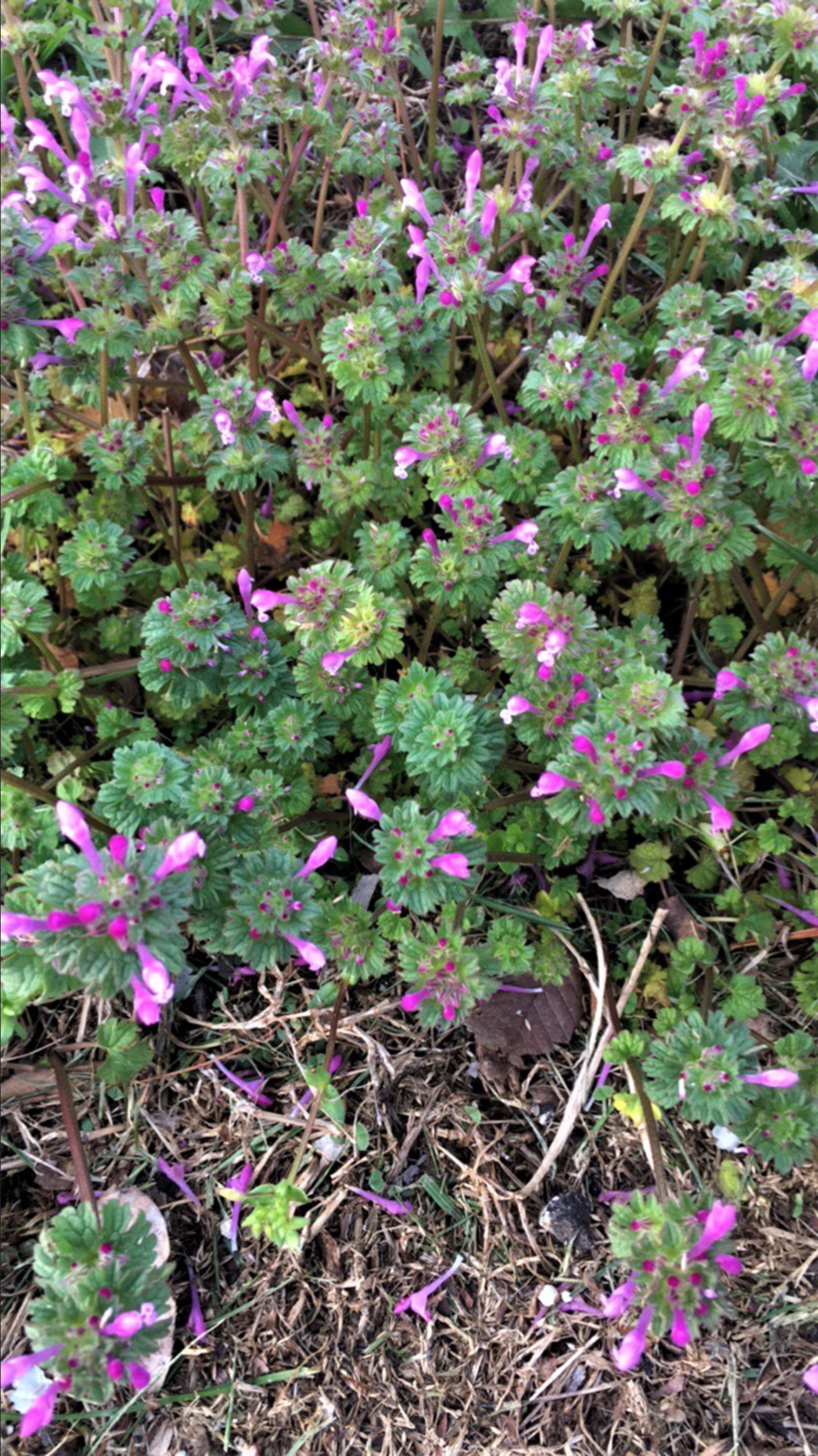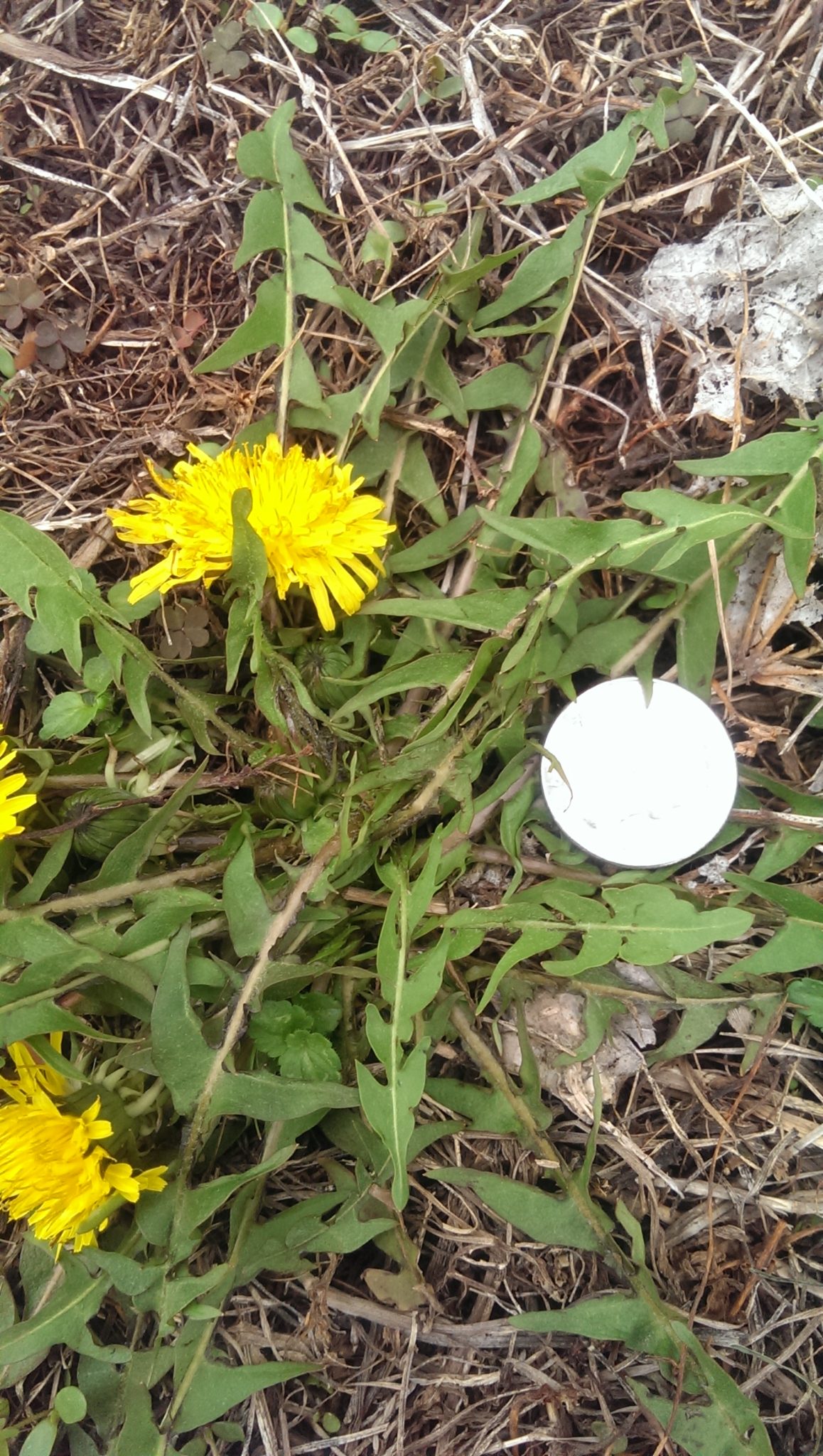Picture of the week
April 24, 2023
Dandelion (Taraxacum officinale)
Marcelo Zimmer, Weed Science Program Specialist
Department of Botany and Plant Pathology, Purdue University
Dandelion is likely the plant species you think of when the term “weed” is mentioned. Almost everybody is familiar with its yellow ray flowers and puffy white seed heads that you no doubt blew on when you were a child. As adults you learn to dislike those yellow flowers and white seed heads as you tirelessly pull and spray them in your yard and flower gardens. Dandelion is not only a weed of residential yards and pastures, but can also become a problem in agricultural fields (Figure 1). This perennial weed is often overshadowed in agronomic fields by pesky summer annuals like ragweeds, pigweeds, lambsquarters, and foxtails; but it can become a major pest itself especially in long-term no-till fields.
 Figure 1. Flowering dandelions in no-till corn stubble.
Figure 1. Flowering dandelions in no-till corn stubble. Dandelion emerges in both the spring and fall and grows most vigorously in these two seasons of cooler weather. Dandelion is also a perennial weed that grows as a rosette and overwinters as a large taproot. Traditional agronomic practices such as tillage limited the success of dandelion as tillage would bury the small seeds below the soil surface and destroy the taproots. However, the increased adoption of no-till practices has led to the increased prevalence of this perennial weed. Another shift in agronomic practices that may have contributed to the increased prevalence of dandelion in row crops is early corn planting. Corn residual herbicides are applied earlier and crops are harvested earlier. The lack of residual activity and earlier canopy opening allow for dandelions to flourish in the fall following crop maturity and harvest.
Dandelion control in no-till fields starts with a good burndown in the spring along with a residual herbicide for both corn and soybean. This burndown should include 2,4-D with either glyphosate or gramaxone. Gramaxone applied alone will provide an initial quick relief, but plants will rapidly regrow shortly after application. The use of a residual herbicide in both corn and soybeans will extend the control of dandelion throughout the growing season. The following residual products have exhibited the greatest control into the season when applied with a proper burndown in Purdue University research trials:
No-till Corn: Lexar EZ, Lumax EZ, and Bicep II Magnum
No-till Soybean: Metribuzin, Authority XL, and Valor XLT



